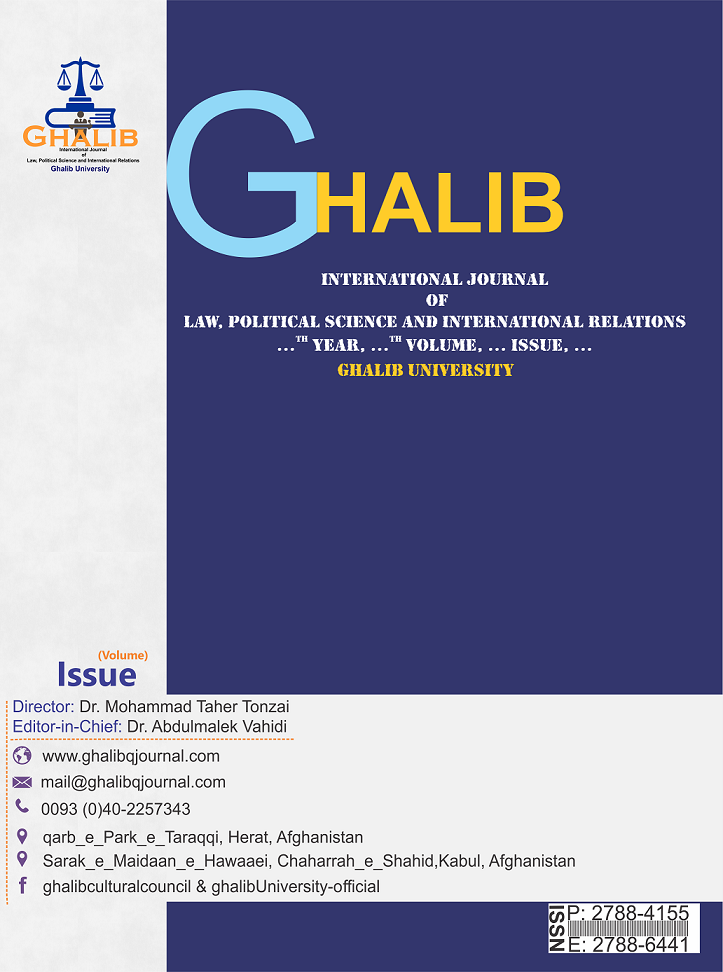Prevalence and pattern of acute appendicitis in Herat Regional Hospital
2017-2018
DOI:
https://doi.org/10.58342/.v11i36.27Keywords:
surgery, acute appendicitis, complications and Herat Hospital.Abstract
Objectives: Acute appendicitis is one of the most common emergency surgical cases in adults and children. Understanding the prevalence and pattern of appendicitis in different countries is essential for planning the use of health care resources. This descriptive study was performed to determine the prevalence and pattern of acute appendicitis among acute ventricular patients in 2017 in Herat.
Methods: This descriptive study examined 489 patients with acute appendicitis aged 31–50 years from March 21, 2017, to March 20, 2018, in Herat Regional Hospital.
Results: Most appendicitis surgeries were performed among 41–31-year-olds (68.5%) and male patients (52.9%). The most common symptoms when referred to the hospital were anorexia (94.1%) and vomiting (68.9%). The most common position of the appendix was retrocecal (67%), and the most common complication of the surgery was general peritonitis (8.5%).
Conclusion: The prevalence of acute appendicitis is high in patients with acute abdomen. Therefore, careful monitoring of patient prognosis and appropriate prevention techniques is essential. It is necessary to conduct studies at a wider and more analytical level in the country to more accurately determine the prevalence and complications of appendicitis.
Downloads
Published
Versions
- 2022-08-22 (4)
- 2022-08-14 (3)
- 2022-08-07 (2)
- 2022-08-04 (1)
How to Cite
Issue
Section
License

This work is licensed under a Creative Commons Attribution-NonCommercial-NoDerivatives 4.0 International License.













